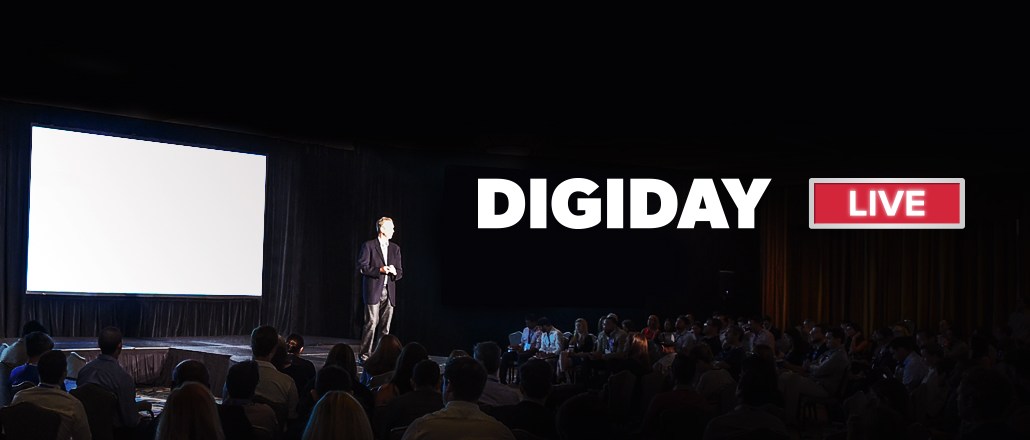Kellogg’s’ Joseph Harper: Metrics are a challenge with influencer marketing

Subscribe: iTunes | Stitcher | RSS | Anchor
As influencer marketing has increased in popularity from brands looking to do more “authentic” marketing, it’s come with its share of issues. Fraud is rampant, and it’s hard to measure the success of content because traditional metrics don’t apply.
“It’s much easier for us to reach our intended consumer through paid media than it is through consumer marketing,” said Joseph Harper, social media lead U.K. & Ireland at Kellogg’s. “When we saw the reach of the influencer’s audience, as a U.K. brand advertising to the U.K. consumers, we can see that only 20 percent of 71,000 followers were British people. Then you go into the granular levels of demographic breakdown like age, gender, location, you’re not dealing with comparable metrics. That’s a challenge when you’re considering an influencer’s audience versus paid audience. Reach is of no value if the content lacks authenticity. I would never buy a campaign based on reach anymore.”
Harper discussed the up and downs of influencer marketing, compliance issues and more in this session from the Digiday Brand Summit Europe held in November 2018.
Credibility is challenged in the age of social media.
It’s massively important to drive credibility to the work we’re doing. We’re finding more and more that consumers have a lot of touch points to find information about nutrition and diet, which means our channel hold only so much credibility in terms of delivering that message effectively. Social media facilitates a two-way conversation. On a Facebook page, you drive a conversation and there is a pushback to the message you’re putting out there.
Instagram is an opportunity complicated due to compliance.
“In terms of general advertising and influencer marketing, the guidelines are so strict. Everyone’s trying to keep up with the rapidly changing nature of digital platforms. They’re [ASA and Capture] regulating and assessing our activity based on out-of-date practices because the channels are rapidly changing. It forces us to take a pragmatic approach to content creation. A lack of clarity and understanding from the bodies can mean there’s a lot of risk.”
Ad position: web_incontent_pos1
The metrics for digital marketing are not up to the mark.
“If you work in FMCG, it’s not a direct-to-consumer platform, and therefore, we’re relying on digital vanity metrics as a short-term benchmark of effectiveness. For me, I don’t think that’s always a truthful measure of how successful our activity is. We’re always trying to find new ways. We prioritize sentiment. We’re trying to move away from vanity metrics and take into stats like 60 percent more positive about the brand and such.”
Content generation is cheaper with influencers.
“A lot of advertorial roots and creative ideas are based on narratives like how you feel and who you are. On social, you can’t neglect the fact that you have to make your food look beautiful. Content generation costs are more favorable than retaining ad agencies. We can generate hundreds of beautiful food in the bowl in the situation that consumers know it. When consumers walk down the aisle, they can imagine how the food fits in their lifestyles. Influencers do a perfect job of delivering that for us. In the past, you only got people taking images on their phone or selfies, but now influencers are getting competitive and so they’re becoming sophisticated in terms of ad formats. They will also create images for a fraction of the cost that the agencies will charge. Influencers should always be fans of your food and products.”
More in Marketing

In the marketing world, anime is following in the footsteps of gaming
As marketers look to take advantage of anime’s entry into the zeitgeist, they might be wise to observe the parallels between the evolution of anime as a marketing channel and the ways brands have learned to better leverage gaming in recent years.

With the introduction of video ads and e-commerce, Roblox looks to attain platform status
Roblox is expanding into more areas than just ads in 2024. Much like platforms such as Amazon and Facebook have transcended their origins to evolve from their origins as online marketplaces and social media channels, Roblox is in the midst of a transformation into a platform for all elements of users’ virtual lives.

PepsiCo wants to remain a ‘driver of culture’ as it turns to influencers and activations amid rebrand
The soda-maker says it can translate cultural relevance into sales volume.
Ad position: web_bfu